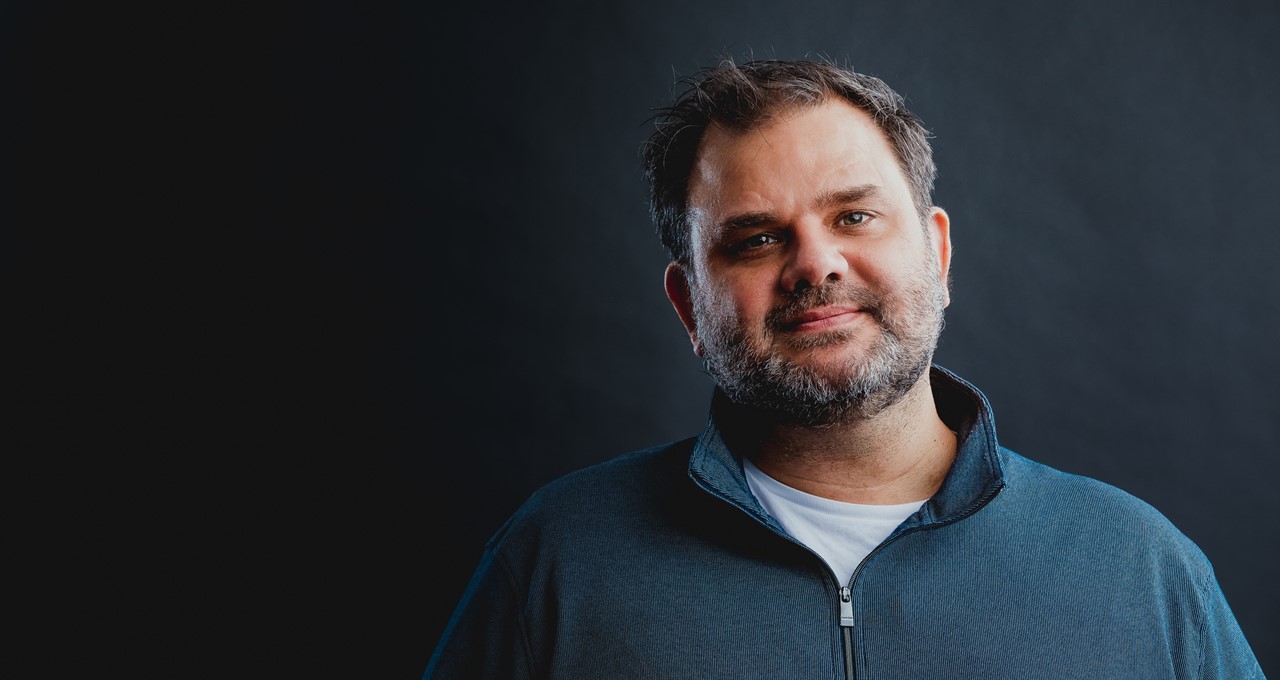Pindar Van Arman is a veritable triple threat — he can paint, he can program and he can program robots that paint.
Van Arman first started incorporating robots into his artistic method 15 years ago to save time. He coded a robot to paint the beginning stages of an art piece — like ”a printer that can pick up a brush” — to save time.
It wasn’t until Van Arman took part in the DARPA Grand Challenge, a prize competition for autonomous vehicles, that he was inspired to bring AI into his art.
Now, his robots are capable of creating artwork all on their own through the use of deep neural networks and feedback loops. Van Arman is never far away, though, sometimes pausing a robot to adjust its code and provide it some artistic guidance.
Van Arman’s work is on display in the AI Art Gallery at GTC 2020, and he’ll be giving conference attendees a virtual tour of his studio on Oct. 8 at 11 a.m. Pacific time.
Key Points From This Episode:
- One of Van Arman’s most recent projects is artonomous, an artificially intelligent painting robot that is learning the subtleties of fine art. Anyone can submit their photo to be included in artonomous’ training set.
- Van Arman predicts that AI will become even more creative, independent of its human creator. He predicts that AI artists will learn to program a variety of coexisting networks that give AI a greater understanding of what defines art.
Tweetables:
“I’m trying to understand myself better by exploring my own creativity — by trying to capture it in code, breaking it down and distilling it” — Pindar Van Arman [4:22]
“I’d say 50% of the paintings are completely autonomous, and 50% of the paintings are directed by me. 100% of them, though, are my art” — Pindar Van Arman [17:20]
You Might Also Like
How Tattoodo Uses AI to Help You Find Your Next Tattoo
Picture this, you find yourself in a tattoo parlor. But none of the dragons, flaming skulls, or gothic font lifestyle mottos you see on the wall seem like something you want on your body. So what do you do? You turn to AI, of course. We spoke to two members of the development team at Tattoodo.com, who created an app that uses deep learning to help you create the tattoo of your dreams.
UC Berkeley’s Pieter Abbeel on How Deep Learning Will Help Robots Learn
Robots can do amazing things. Compare even the most advanced robots to a three year old, however, and they can come up short. UC Berkeley Professor Pieter Abbeel has pioneered the idea that deep learning could be the key to bridging that gap: creating robots that can learn how to move through the world more fluidly and naturally.
How AI’s Storming the Fashion Industry
Costa Colbert — who holds degrees ranging from neural science to electrical engineering — is working at MAD Street Den to bring machine learning to fashion. He’ll explain how his team is using generative adversarial networks to create images of models wearing clothes.
Tune in to the AI Podcast
Get the AI Podcast through iTunes, Google Podcasts, Google Play, Castbox, DoggCatcher, Overcast, PlayerFM, Pocket Casts, Podbay, PodBean, PodCruncher, PodKicker, Soundcloud, Spotify, Stitcher and TuneIn. If your favorite isn’t listed here, drop us a note.
Make the AI Podcast Better
Have a few minutes to spare? Fill out this listener survey. Your answers will help us make a better podcast.



